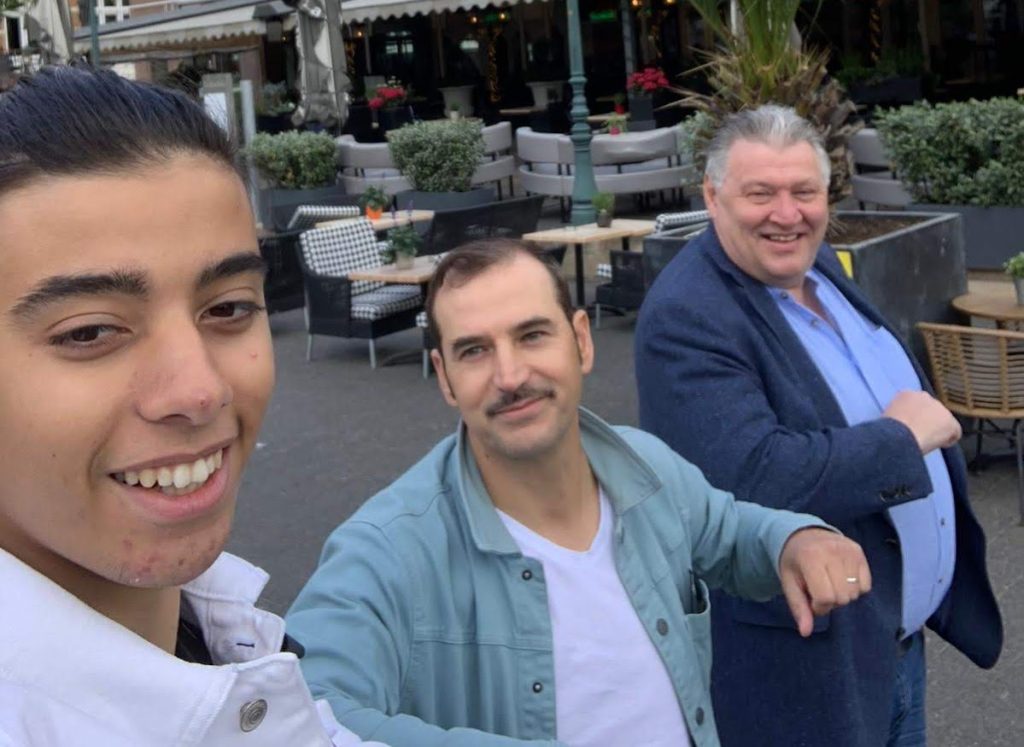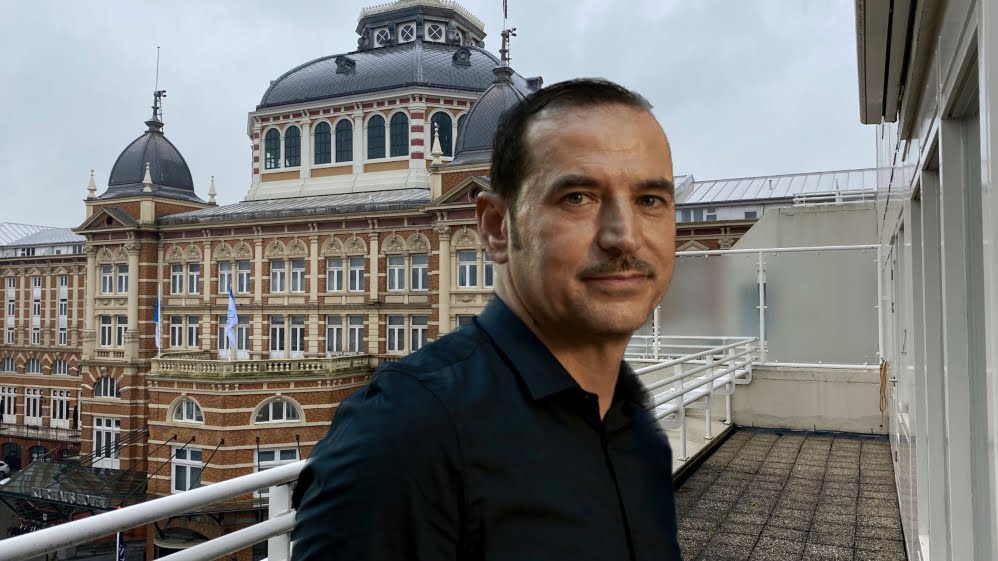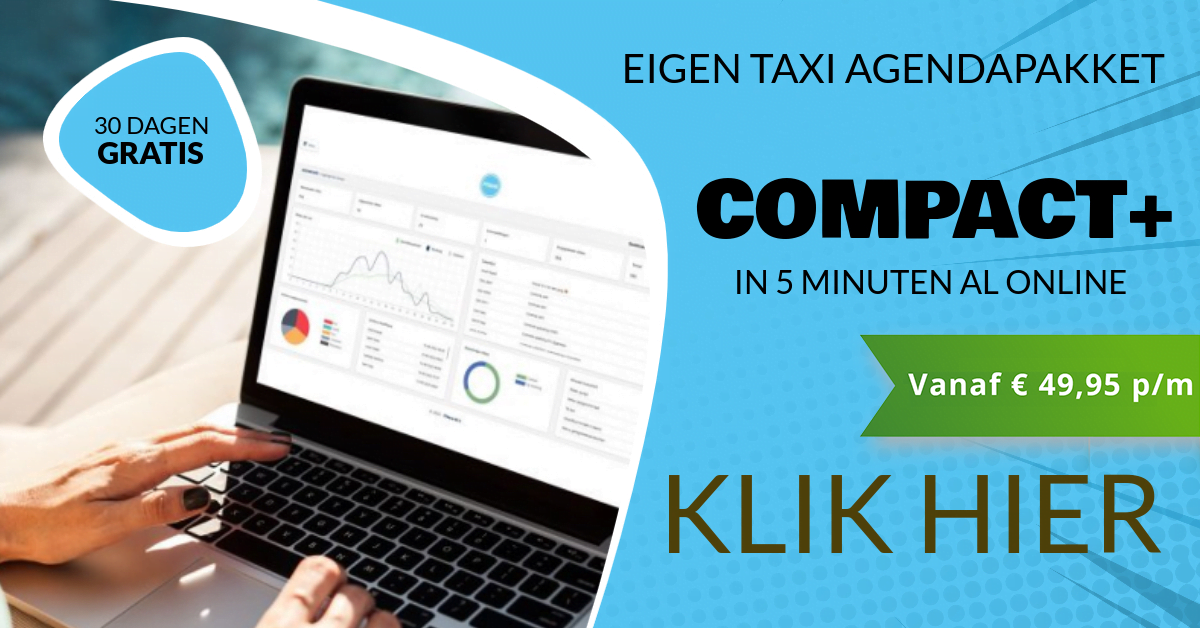Mekki wants to bring together large groups of drivers from the TTOs and dissatisfied Uber drivers.
Mekki Aulad Ahmed, no stranger to the Amsterdam taxi world, is once again making himself heard. This time too, he wants to represent the interests of professional drivers and self-employed persons without employees. It is not all new because the idea dates from 2013, and more than 10 years later, the chairman Aulad Ahmed of the Trade Association of Professional Drivers Entrepreneurs (BBO) is still not giving up.
History
In April 2020, taxi entrepreneur Mekki Aulad Ahmed was approached by a group of taxi drivers and entrepreneurs. They had en masse parked their taxi vehicles in garages and applied for suspensions from the RDW. Through the municipality of Amsterdam, many people applied for social assistance benefits or submitted an application for government compensation. These were tough times for many entrepreneurs who asked themselves whether they could ever come back as a taxi driver. En masse, their cooperation agreements with the TTOs were terminated.
Mekki, a name known to most Amsterdam taxi drivers, was personally involved in setting up a new taxi platform “from the drivers, for the drivers”. The impetus for this digital taxi platform was an idea from 2013 that he had already started in collaboration with Gerrit Saey from Pitane BV. Together with his son Salaheddine, who is studying, he wanted to pick up where they left off, but the corona crisis threw a spanner in the works.
UN8D
In the meantime, talks were also held with the then Amsterdam alderman Sharon Dijksma. In her traffic, transport, water and air quality portfolio, she was the point of contact for Aulad Ahmed to discuss measures that played a role in Amsterdam. One of the most important spearheads of the trade association is the Taxi Competence. As far as Aulad Ahmed is concerned, this should never have disappeared and is partly the cause of the quality that visibly deteriorated in Amsterdam.
"The taxi platform of the taxi drivers and entrepreneurs (UN8D) is also not accessible to everyone. There is first a proper application procedure and a screening via the government."
Mekki Aulad Ahmed - chairman Trade Association Professional Drivers Entrepreneurs (BBO)
Now that the digital platform from 2021 is being revived, it should become its alternative to Uber and Bolt. What the trade union FNV fights for, bogus self-employment, UN8D wants to solve with their platform. An almost impossible job because BBO also aims at independent drivers who join. If UN8D expresses the same ambitions as Bolt and Uber, it will have to meet the same requirements that the unions set for drivers who work exclusively for a platform that distributes rides among affiliated drivers.

Aulad Ahmed's great ambition was that UN8D, together and exclusively with TCA, could take over the industry. With this, he wanted to work with large groups of drivers from the TTOs, TCA drivers and dissatisfied Uber drivers to transfer the work back to the drivers with the updated UN8D high-quality digitized drivers App, once developed by his son Salaheddine Aulad Ahmed, ICT manager. by profession.
"My opinion is still that the time of the Onboard Computer Taxi (BCT) has had its day, is outdated and too expensive."
Mekki Aulad Ahmed - Chairman BBO
During the preparations, Mekki always paid close attention to the Belgian Chiron, something in which he does not have to put so much energy into at the moment. The Human Environment and Transport Inspectorate (ILT) is working hard on it Program Realization Variant BCT (RVB). BBO also wants to take a critical look at its own algorithm and compete with Uber, because they believe this is not transparent enough.
algorithms
Still, the Uber algorithm is highly transparent, because by taking several factors into account, it can provide an efficient and optimized system for taxi transportation, where passengers can quickly and easily book a ride and drivers can maximize their revenue. The basic elements are clear and need no further criticism as it is based on the actual situation at the time of the day. The Uber algorithm takes into account the demand for taxi rides at different times and locations to maximize driver availability and minimize waiting times for passengers.
The algorithm determines the price of a ride based on the demand for rides and the availability of drivers. If there is a high demand for rides, the price may rise to attract more drivers, while the price may fall if there is less demand. The algorithm calculates the distance and time between the passenger and the driver to determine the most efficient route and minimize travel time.
The Uber algorithm takes into account the availability, driving history and performance of the driver to make an optimal match between the passenger and the driver. The algorithm takes into account the ratings of both driver and passenger to improve the quality of service and ensure that both driver and passenger adhere to Uber's Code of Conduct.

Solving the problems in the Amsterdam taxi sector will likely require a combination of different solutions, taking into account the interests of different stakeholders, including the drivers, taxi owners, consumers and the government. Whether a new industry association can contribute to the day-to-day problems of the industry remains to be seen.
To improve the reputation of the Amsterdam taxi sector, for example, investments can be made in the quality of the service, such as improving customer service and transparency about rates. More attention can also be paid to the safety and reliability of taxis and drivers.



